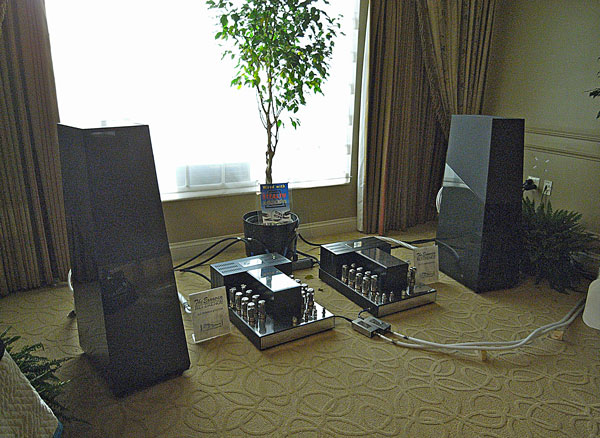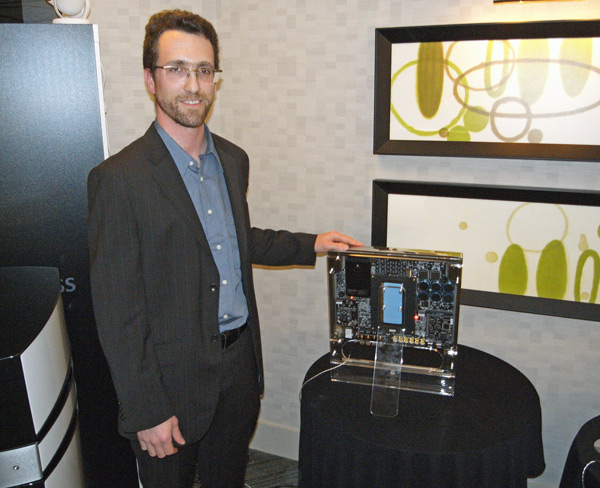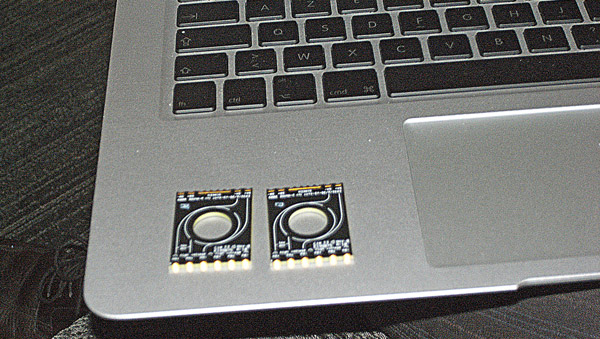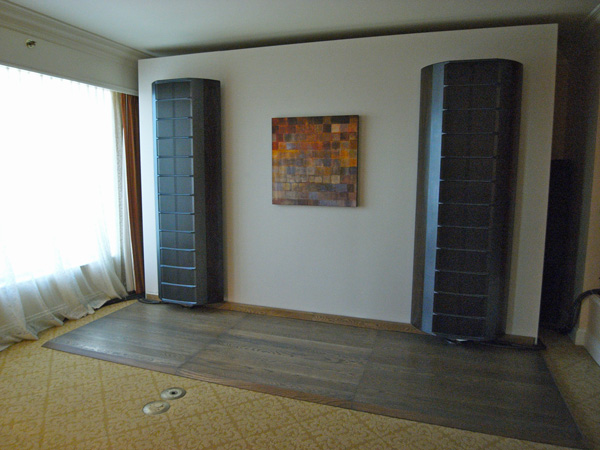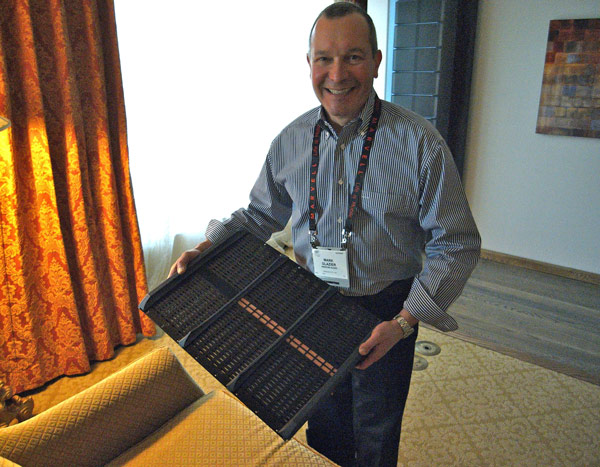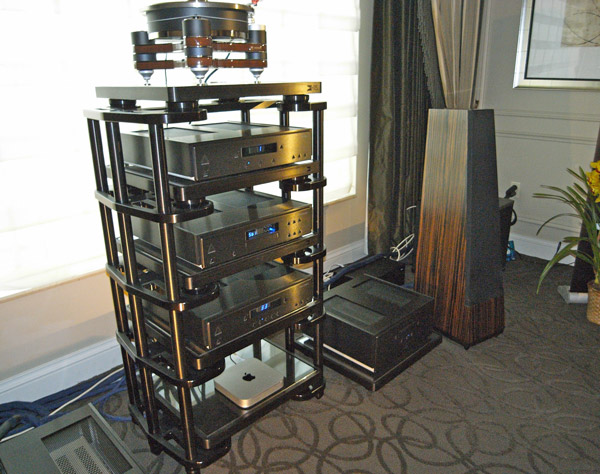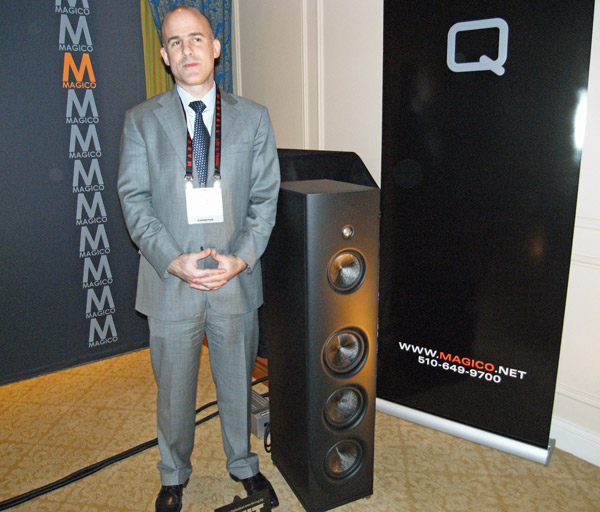
Without a doubt, the four-way, five-driver Magico Q5 that
Michael Fremer reviewed last November was one of my loudspeaker high points of 2010. But at $59,950/pair, the Q5 is definitely a speaker aimed at the deep-in-pocket. Magico's Alon Wolf proudly showed his new Q3 at CES, which, at $34,000/pair, is going to appeal to a somewhat wider market.
A three-way sealed-box with three 7" Nano-teccone woofers, the 47"-tall floor-standing Q3 uses the same proprietary beryllium-dome tweeter as the Q5 in the same type of space-frame enclosure, with a 6" Nano-tec midrange unit. The lower woofers roll off earlier than the upper one, to optimize the crossover to the midrange unit. Frequency response is specified as 20Hz50kHz, sensitivity as 90dB (which is significantly higher than the Q5's 86dB), and impedance as 5 ohms.
I auditioned the Q3s in a system comprising Soulution pre- and power amps hooked up with MIT's new cables, and listening first to a Red Book file of Patricia Barber, then to a Jordi Savall/Hespèrion XXI recording of a baroque double-violin concerto, this was one of the best sounds I heard at CES, with excellent LF extension and definition, if a touch on the mellow side.
Magico were showing a prototype of the Q1 stand-mount in a back room, which they will be introducing at the 2011 Munich Show. This combines the beryllium-dome tweeter with a single Nano-tec midrange-woofer, but the price has yet to be decided upon.

